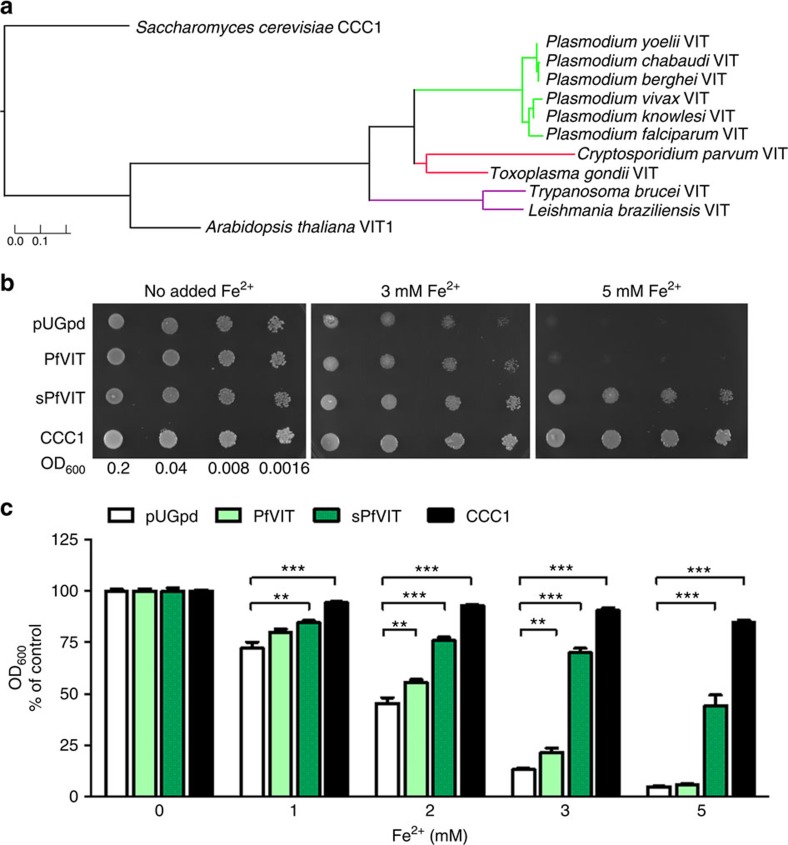Figure 1. Iron tolerance of ΔCCC1 yeast conferred by the functional expression of PfVIT.
(a) Phylogenetic analyses of Plasmodium VIT proteins compared with other Apicomplexa and Kinetoplastida parasites and unrelated model organisms. The phylogenetic tree was generated using Phylogeny.fr59 with yeast CCC1 sequence used as an out-group and visualized with TreeGraph 2 (ref. 60). The scale bar for the branch lengths is shown. (b) Complementation of the ΔCCC1 yeast mutant growth phenotype by expression of PfVIT. The ΔCCC1 strain (lacking vacuolar iron uptake) was transfected with empty vector pUGpd or vector expressing full-length PfVIT, N-terminally truncated PfVIT (sPfVIT) or CCC1. Transfected strains were diluted (as indicated by OD600 values), spotted onto SD agar plates lacking histidine and supplemented with: no additional Fe2+, 3 mM Fe2+ and 5 mM Fe2+ and grown at 30 °C for 48 h. Fe2+ was provided as ammonium FeSO4 in the presence of 1 mM ascorbic acid. (c) The ΔCCC1 transfectants described in b were inoculated at a cell density of 0.01 OD600 in SD medium in the presence of indicated Fe2+ concentrations (provided as ammonium FeSO4 in the presence of 1 mM ascorbic acid) and grown with shaking at 30 °C for 20 h. Yeast cell density was determined by absorbance measurements at 600 nm and for each strain shown the OD600 values are normalized to those obtained in the absence of additional Fe2+ in the medium (controls, 0 mM Fe2+). Data are shown as the means±s.e.m. of a pool of three independent experiments, each performed in triplicate. The data were analysed using the unpaired, two-tailed Student's t-test; **P<0.01, ***P<0.001.

